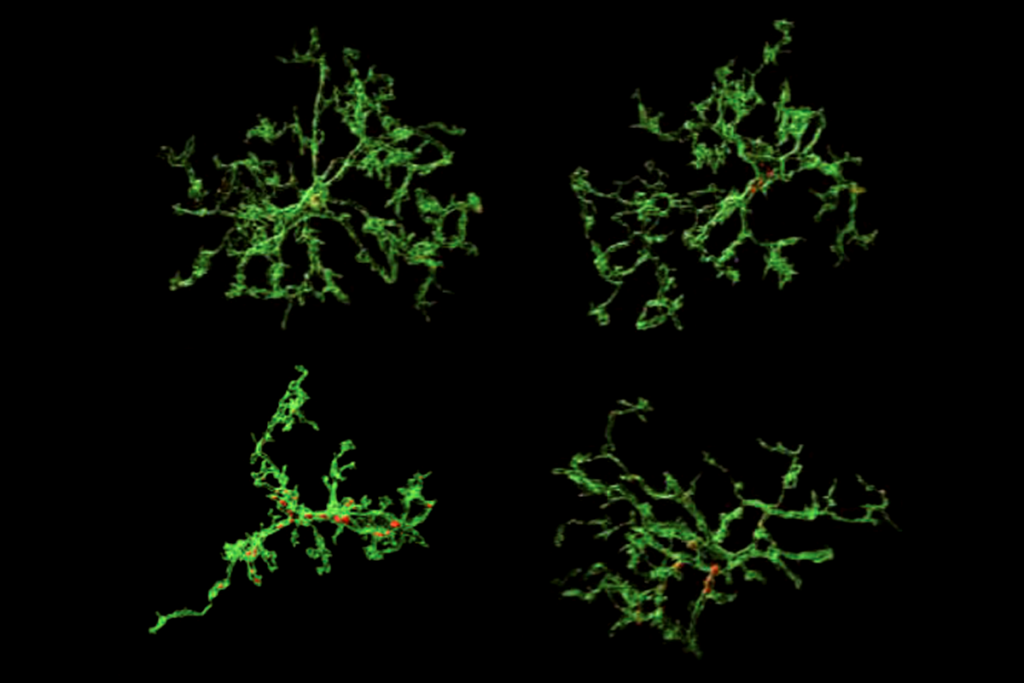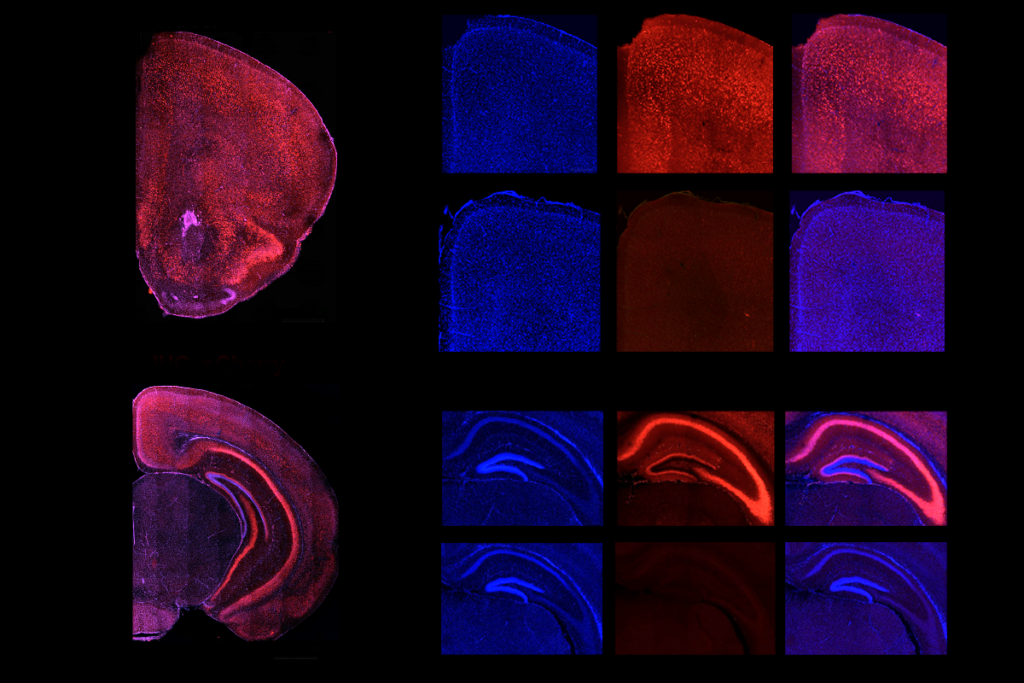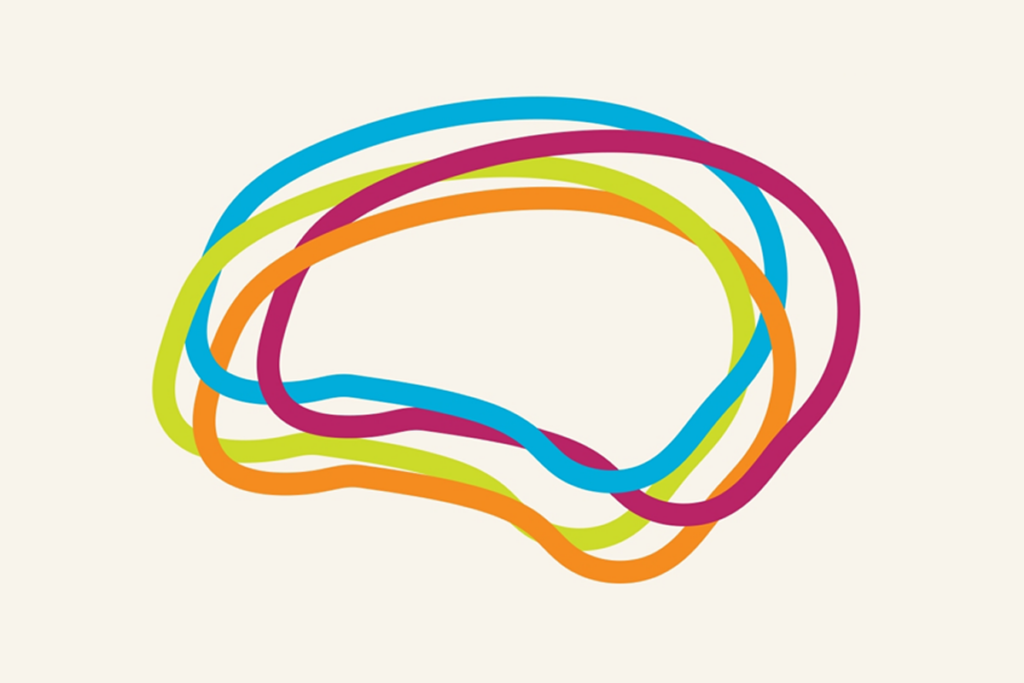The predictive coding theory of autism, explained
In autism, a person’s brain may not form accurate predictions of imminent experiences, or even if it does, sensory input may override those predictions.

The predictive coding theory holds that our experience of the world comes from within. Our brains generate a model of the world that predicts what we are going to see, hear, touch, smell and taste. The job of our senses is to check our predictions to make sure our inner model does not drift far from reality.
The theory is also called predictive processing or the ‘Bayesian brain,’ in a nod to its mathematical underpinnings.
Supporters of the theory apply it not just to perception, but also to emotions, cognition and motor control. So, we move our arm because we predict we will move it, and the body makes the prediction come true.
The predictive coding theory of autism proposes that an autistic person’s brain does not form accurate predictions or that sensory input overrides these internal predictive models. As a result, the autistic person is overly sensitive to external input and unable to tune it out. They find it hard to process social cues and communication in time to generate an appropriate response because their internal models of how people behave are not well formed.
In this way, predictive coding could account for the social, sensory and other difficulties of autism.
Here we flesh out this theory and describe the data supporting it.
How does the theory apply to autism?
Predictive coding frames autism as a difference in the brain’s learning curve — where learning covers everything from making sense of a complex visual scene to cramming for a history test.
According to the theory, a parameter known as ‘precision’ determines the weight the brain gives to discrepancies between sensory input and our expectations. When we learn something new, the brain dials up the precision and uses the input to form a model. When the brain judges that the model is complete, it dials down the precision, assuming that any further discrepancies are random variations that it can safely ignore.
The modeling is hierarchical. In the visual system, for example, it starts with geometric details and builds up to global features and abstractions.
Biologically, the brain adjusts precision by shifting its proportions of chemical messengers such as glutamate, dopamine and norepinephrine. Subjectively, we feel surprise, then the satisfaction of mastery, and finally boredom.
In autism, so the idea goes, the brain is slower to recalibrate precision. It remains attuned to details but finds it harder to generalize. The theory could explain why autistic people describe feeling frequently overstimulated and perpetually surprised, why they prefer routine and why they may have trouble reading other people.
What’s the experimental support?
In both daily life and lab experiments, autistic people are slow to tune out background noise and quick to pick up on novelty in their environment. It’s as if they are less bound by prior expectations. Measurements of brain and skin responses to sensory information show that they do not readily habituate to metronomes or other repeated stimuli. They are also less able to perceive optical and multisensory illusions that play off expectations.
One experiment uses a learning task to study how the autistic brain interprets changing patterns. Researchers play a high or low beep, show a picture of a face or house, and ask participants to press the ‘face’ or ‘house’ button. At first, a high tone presages a house, but later a low tone does. The relationship is never perfect — just higher odds for one tone or the other — and so it is not obvious whether a break in the pattern marks an exception or a new rule.
Autistic people are slower at the task overall, but faster to notice when the pattern has changed, suggesting that they anticipate change — as opposed to clinging to a pattern — more than typical people do.
It’s not clear whether their predictive difficulty is in forming expectations or in senses that override those expectations. Experiments seem to favor the second option1.
So it’s a done deal, then?
By no means. In some studies, autistic people handle predictive tasks — habituating to repeated stimuli, responding to some kinds of illusions and discerning patterns unfolding over time — as readily as neurotypical people do. What’s more, the direction of causation is not clear: Instead of problems with prediction throwing a wrench into a person’s social cognition, it may be that social difficulties alter the development of a person’s internal models.
How does predictive coding relate to other theories for autism?
Predictive coding overlaps with other hypotheses of autism. Like some of these others, it suggests that in people with autism, the brain focuses too heavily on details and is slower to zoom out to see the big picture. It also suggests that the autism brain has difficulty divining other people’s intentions as an example of struggling to make predictions in general; this idea is consistent with the theory that autistic people struggle with ‘theory of mind.’
Does predictive coding offer insights into other conditions?
Predictive coding may help to make sense of the connections between autism and other conditions, most notably schizophrenia. If the brain in autism gives too much weight to sensory input, the brain in schizophrenia might give it too little, conferring too much sway to internal expectations and loosening the tether to external reality. That bias might explain the hallucinations in schizophrenia.
In other ways, though, autism and schizophrenia are similar. Both may involve delusions, which are false beliefs as opposed to false perceptions. Predictive coding suggests that delusions may occur when expectations are too weak and the brain overcorrects, causing a person to draw grand conclusions from slender evidence.
Autistic people may also experience higher rates of Parkinson’s disease. In people with this condition, problems adjusting ‘precision’ cause the brain to prematurely decide that a physical movement is complete. This leads to motor rigidity.
What does this predictive coding model of autism mean in practical terms?
If the autistic brain is juggling sensory input and expectation differently, people with the condition might be able to learn to compensate. For instance, coaching could help them learn to shift their focus from low-level details to higher-level ones.
References:
- Karvelis P. et al. Elife e34115 (2018) PubMed
Recommended reading

Constellation of studies charts brain development, offers ‘dramatic revision’

Functional connectivity links with autism, not ADHD; and more

Ramping up cortical activity in early life sparks autism-like behaviors in mice
Explore more from The Transmitter

‘How to Change a Memory: One Neuroscientist’s Quest to Alter the Past,’ an excerpt
